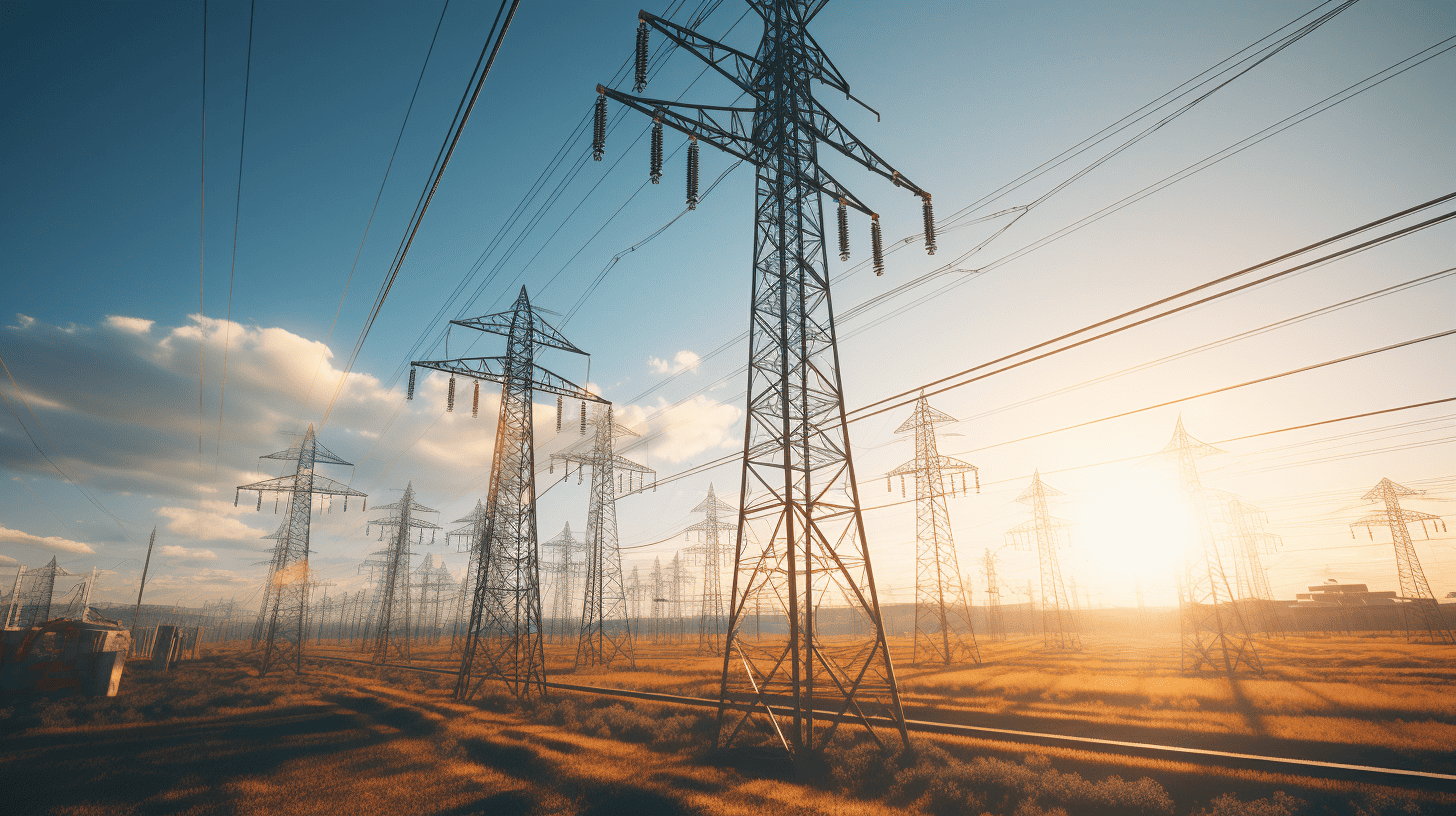
The increasing electrification in society leads to higher peak loads on the electricity grid. Some people are warning for an energy transition that is too fast. Others are hopeful for a fully electric future. In a report commissioned by the Dutch Topsector Energie program, more than 100 potential solutions are offered, all focusing on maximizing the capacity of the existing or upcoming electricity network to accelerate the energy transition. In a 12-part series, Innovation Origins spotlights the twelve most promising solutions. This is part 2: Local balancing in residential areas.
The concept of “Local Balancing in Residential Areas” emphasizes the importance of addressing network overloads at a local and decentralized level. Doing so makes it possible to delay or even avoid the need for network upgrades, such as digging and installing larger or additional transformers. Local balancing requires a combination of increased local organization, deployment of technical solutions in the generation, storage, and consumption of electricity, and transmission pricing.
- The Dutch Topsector Energy collected 100 ideas to solve the issues around grid congestion.
- One of the twelve most powerful ideas is to achieve a better balance of the system on a local level.
- It contains solutions around technology, organization, and pricing.
To achieve local balancing, a combination of the following ideas is essential, according to the report:
- Increased Local Organization: This refers to the collective efforts of residents and local entities to manage and optimize their energy consumption and production.
- Technical Solutions: These are related to electricity production, storage, and consumption. While these technical solutions are continuously evolving, the focus is more on the legal, social, and organizational changes crucial for adoption.
- Pricing of Transport: This involves setting prices that reflect the true cost of transporting electricity, thereby incentivizing efficient use of the network.
Reduced use of transport
Local balancing can lead to reduced use of transport capacity on medium and high-voltage networks, thereby decreasing congestion and freeing up capacity for other users. Additionally, by minimizing the distance over which electricity needs to be transported, technical losses in the network can be reduced. This results in more efficient use of the generated electricity. One way to encourage efficient network use is to reward energy cooperatives and communities that contribute to network relief, possibly through adjustments in connection costs.

Financial benefits
The financial benefits of optimizing production, storage, and consumption, coupled with the sense of sustainability, can also motivate participation.
Get paid to power down: Initiatives to reduce grid strain
The UK’s National Grid is reintroducing its Demand Flexibility Service (DFS), incentivising millions of households and businesses to reduce energy consumption during winter peak hours. The scheme, running from November 2023 to March 2024, could allow participants to save up to £100 on energy bills. This follows a similar strategy implemented in Arizona over the summer, where residents were offered incentives, including cash and discounted smart thermostats, to participate in demand response programs to support the electrical grid during high-temperature periods. More on financial incentives in our story: Get paid to power down: Initiatives to reduce grid strain
One way to encourage more efficient use of the grid is to reward energy cooperatives and energy communities that balance locally for their contribution to relieving the burden on the grid. This can be done, for example, by adjusting connection fees. The financial benefits of optimizing generation, storage, and consumption, and the sense of sustainability, motivate participation.
Active encouragement and support are essential for promoting initiatives. A financial safety net, such as subsidies or government funding structures, is needed to cushion experiment failures and mistakes. In addition, grid operators or government project leaders can provide the necessary knowledge and expertise. A condition for successful implementation is that consumption and network data can be securely shared and used to optimize demand management, generation, and storage.
Free space
Less use of transmission capacity on the medium- and high-voltage grid reduces congestion and provides space for other connected parties. Because less electricity needs to be transported over (long) distances, technical grid losses are also less. This contributes to more efficient use of the electricity generated.

In the first place, European and national laws and regulations must give room to the concept, for example, by allowing mutual and local exchange of electricity (energy sharing). A new pricing model is also needed to reward the energy community in offloading the grid.
Local balancing can be achieved through better cooperation and organization between users (prosumers) in a neighborhood or district. Decentralization of the energy system promotes awareness and individual behavior modification. The involvement of residents in their energy system helps the acceptance of decentralized generation and possibly reduces NIMBY resistance. A direct connection to large-scale generation elsewhere, for example, wind energy, can also increase understanding between urban and rural areas.

Social cohesion
This concept promotes neighborhood social cohesion and encourages initiatives such as collective energy conservation and improving public spaces and well-being. At the same time, it must be recognized that collectivity and cooperation are not always easy and can have both positive and negative social effects, the report notes. It is essential to integrate this aspect into policy and incentive solutions. Spatial and socioeconomic aspects can complicate cooperation and potentially lead to energy inequality; for example, outlying areas have more opportunities for energy generation and storage, while economically weak neighborhoods have less capital for investment.
For those who want to start working on local balancing in residential areas, the report already has some suggestions:
- Deployment of energy management systems at the home and neighborhood level.
- Exchange necessary data through technology that ensures security and anonymity.
- Increase collective energy awareness through platforms.
- Digital tokens for energy exchange.
- Realize sustainable generation with energy cooperatives.
- Crowd balancing platforms.
- Information exchange with and from grid operators on actual capacity use and space on the grid.
- Optimization of consumption, storage, and feed-in of locally generated electricity through local application of game theory.
- Pilots: Project Sustenance H2020 and Project SERENE H2020.


